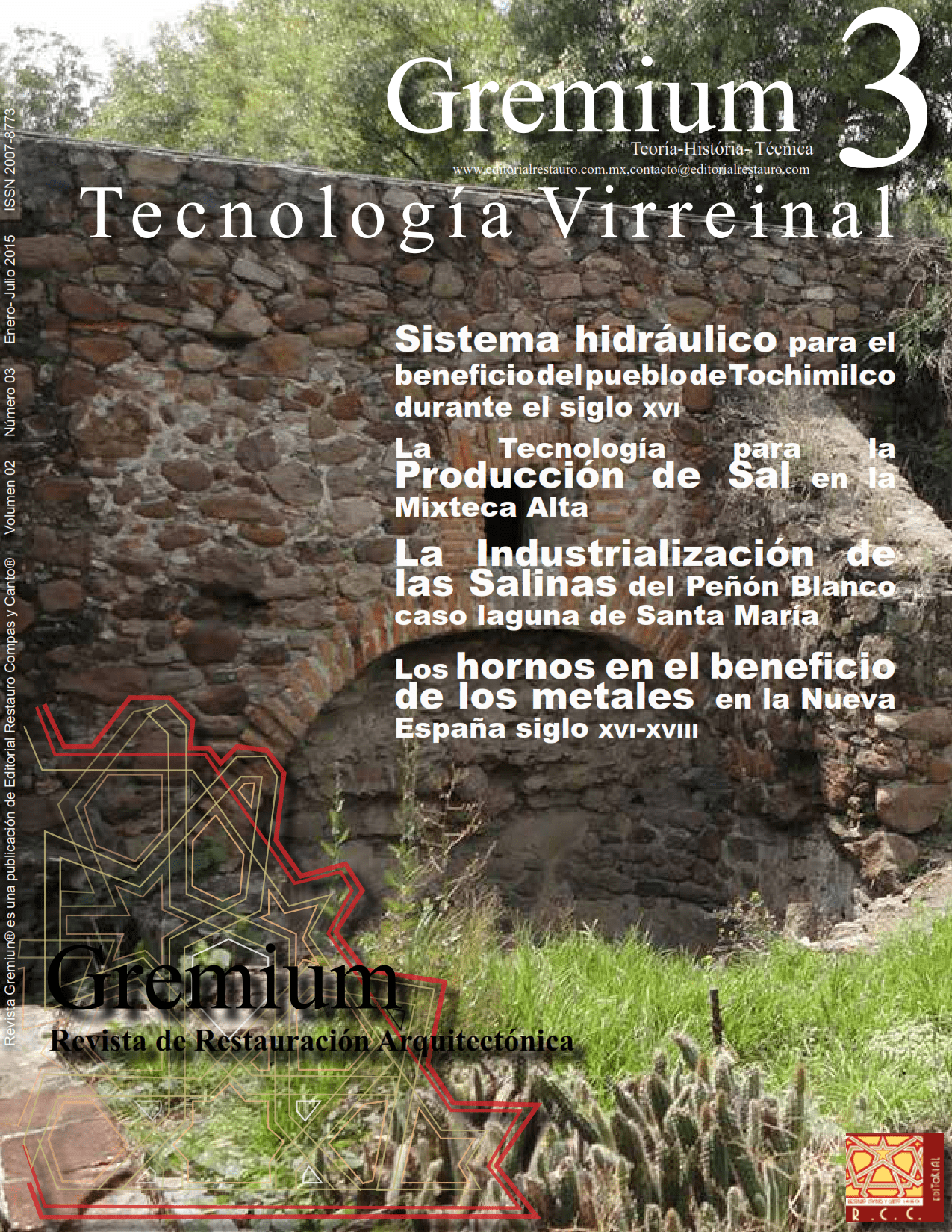Technology for Salt Production in the Mixteca Alta
DOI:
https://doi.org/10.56039/rgn03a03Keywords:
Salt producction, traditional technology, traditional means of productionAbstract
Salt production in the Mixteca Alta is a traditional means of production from prehispanic period, which, despite the economic transformation processes in the colonial period, remained significant features of the traditional process, based on the documented similar models from other productive regions in Mexico. The salt in the novohispanic period was considered a major consumption economic asset due to its use in production processes for the production of new economic products that supported the economy of preindustrial societies (Terán, 2011, p. 71; Williams, 2008). Technology refers to the knowledges for solving human needs arising lifestyle of the cultural groups that develop them. The resources of the natural environment underpin the means of labor that man requires to perform its activities, including economic. The means of production and production processes are technological developments, which involve elements of tangible and intangible order. The study of work processes for salt extraction, are significantly related to the processes of technological evolution that man has developed for the use of natural resources. The economic activities of the primary sector are examples of how humans culturally and economically were inserted in the natural environment (Malpica, 2008, p. 59). This analysis presents a historiographical approach to the study of the processes and the technology required for the extraction of salt in the Mixteca Alta.
Downloads
Downloads
Published
Issue
Section
License
Copyright (c) 2022 Gremium

This work is licensed under a Creative Commons Attribution-NonCommercial-ShareAlike 4.0 International License.























